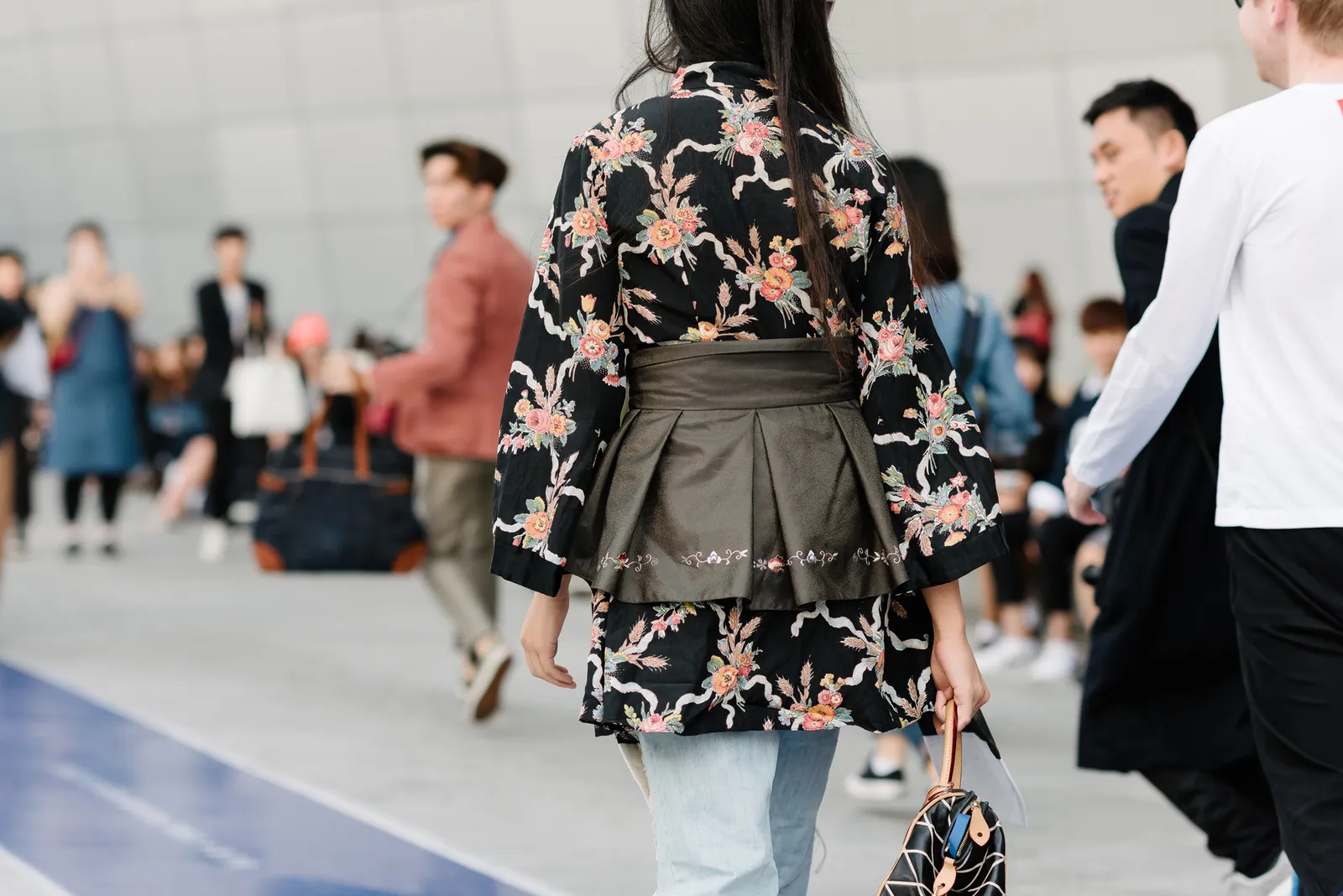

maresiliencycenter.org – South Korea has emerged as a global leader in the fashion industry, blending traditional elements with modern, innovative styles. This article explores the key trends and traditions that define South Korea’s fashion scene, highlighting how it has evolved over time and influenced the world.
Historically, Korean fashion was deeply rooted in tradition, with the hanbok being the most iconic traditional garment. The hanbok, characterized by its loose and flowing design, has been a symbol of Korean identity for centuries. It consists of a jeogori (jacket) and chima (skirt) for women, and a jeogori and baji (pants) for men. The color white, symbolizing simplicity and purity, was predominantly used in traditional Korean attire.
The late 19th century marked a significant shift in Korean fashion with the introduction of Western influences. This period saw a gradual decline in traditional Korean styles as Western clothing became more prevalent. The 1950s and 1960s further solidified this trend, leading to the development of a ready-made clothing industry in the 1970s and 1980s.
K-Pop has played a pivotal role in shaping modern Korean fashion. The bold and experimental styles of K-Pop idols often blend Western trends with distinct Korean elements, creating a unique aesthetic. This style is characterized by its daring and innovative approach, challenging traditional gender norms and setting new trends globally.
Ulzzang fashion, meaning “best face” in Korean, focuses on achieving a youthful and cute look. This subculture emphasizes personal style and creativity, often incorporating trendy, girly, and preppy elements. Ulzzang fashion is known for its layering and mixing of clothes to create unique and eye-catching outfits.
Korean streetwear has gained worldwide recognition for its gender-fluid and unisex approach. Combining elements of urban and hip-hop fashion with Korean culture, streetwear fashion in South Korea is characterized by oversized t-shirts, hoodies, bombers, and jackets. This trend allows for greater creativity and freedom in personal expression.
Preppy fashion in South Korea draws inspiration from Ivy League and American East Coast styles. It features a clean-cut, polished look with classic and preppy elements. Common items include button-down shirts, collared dresses, tailored blazers, and pleated skirts, often in neutral colors with occasional bold patterns.
Tomboy fashion, also known as “tomgirl” in Korea, represents a fusion of masculine and feminine elements. This modern Korean style challenges traditional gender norms and embraces an androgynous aesthetic, making it a popular choice among young Koreans.
In recent years, there has been a revival of traditional Korean fashion elements in modern designs. Designers are incorporating habok-inspired elements into contemporary outfits, resulting in innovative and unique styles that are popular both locally and globally. This fusion of tradition and modernity showcases the versatility and adaptability of Korean fashion.
South Korea’s fashion scene is a dynamic blend of tradition and innovation, reflecting the country’s rich cultural heritage and its influence on global fashion trends. From the revival of traditional hanbok elements to the bold and experimental styles of K-Pop and streetwear, Korean fashion continues to evolve and inspire fashion lovers worldwide.
maresiliencycenter.org - Rabeg kambing menghadirkan cita rasa khas Banten yang kaya rempah dan menggugah selera.…
maresiliencycenter.org - Ilmuwan kini menggunakan skor metabolit untuk mendeteksi pola konsumsi makanan cepat saji dalam…
maresiliencycenter.org - Jakarta kini menyambut restoran Korea terbaru, 88Seoul, yang menawarkan pengalaman kuliner unik bagi…
Chulos Bakehouse telah mencuri perhatian pecinta kuliner dengan salah satu produk andalannya, roti garam. Dibuat…
Dimsum bukan sekadar makanan ringan asal Tiongkok—ia adalah bentuk kebahagiaan kecil yang bisa kamu nikmati…
Saat kamu menyeruput kuah tomyam yang mengepul, kamu tidak hanya menikmati makanan—kamu merasakan tradisi dan…